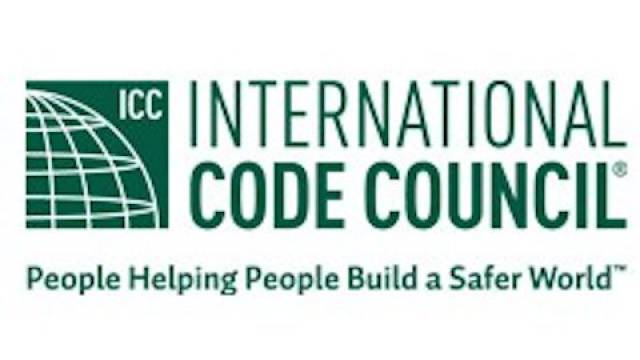The family of I-codes published by the International Code Council (ICC) is the most widely used in the history of U.S. construction codes. Townhouses, condominiums more than four stories high, and apartment buildings, hotels and motels are considered commercial buildings in these codes.
The requirements for commercial buildings are set forth in the International Building Code (IBC), the International Existing Building Code (IEBC) and the International Energy Conservation Code (IECC).
This article summarizes the major requirements for glazed assemblies, doors, skylights and other fenestration products in commercial buildings in the 2015 edition of the International Codes (I-codes).
Many jurisdictions have their own versions of particular codes. It is imperative that the code user verify the edition of the code being used, as well as applicable local amendments, in any EDITIONspecific jurisdiction prior to beginning a project there.
The following discussion of the 2015 I-codes requirements for commercial buildings emphasizes differences between the 2015 and 2012 editions. The reader is encouraged to: first, verify the edition and any amendments adopted by a particular jurisdiction; and second, consult the relevant edition of the I-codes with subsequent local amendments for complete information prior to beginning a project.
The ICC website offers updated information on which I-code editions are in effect in each state, as well as in various cities and counties.
Some jurisdiction-specific versions of the International Codes can also be obtained from the ICC, while others must be obtained directly from that particular jurisdiction.
Recent changes
There are several significant changes between the 2012 and 2015 editions of the International Codes that relate to fenestration products in commercial buildings. These changes include:
•Requirements for tornado shelters in public schools have been added to the 2015 IBC.
•UA (Area weighted average U-factor) trade-off provisions for commercial building envelopes were added to the IECC.
•Allowances for sidelighting to be used to meet mandatory daylighting requirements, as well as toplighting, have been added to the IECC.
•Maximum Prescriptive Solar Heat Gain Coefficient (SHGC) for commercial fenestration was changed. It is now to be determined based upon orientation of the fenestration, as well as the building climate zone, in the IECC.
•An exception to meeting Emergency Escape and Rescue (EERO) size requirements for replacement windows that meet other specific criteria was added to the IEBC.
•Provisions requiring the installation of window opening control devices (WOCDs) on replacement windows in locations where they would be required in new construction were added to the IEBC.
More information can be found at http://www.iccsafe.org/




